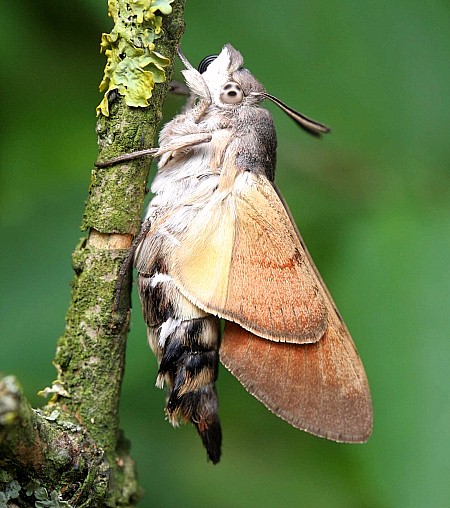AN ACT REGULATING THE PLANTING AND
SALE OF RUNNING BAMBOO.
The Bamboo Wars continued today
in Connecticut, a state that has been trying to mitigate the damage of certain
plants since at least 1726 (Connecticut keeps trying to ban plants Invasive Notes (2010)) Today the
Connecticut House of Representatives voted (130 yea; 3 nay; 17 absent according
to a source involved in the creation and support of the legislation) to concur
with a Senate bill that makes it possible for a landowner faced with unwanted
incursions of a neighboring planting of certain bamboo species liable for the
cost of making the aggrieved property owner whole. A property owner subjected
to uncontrolled growth of running bamboo from a neighboring property will have means to recover costs incurred by the removal and mitigation of the plant. The point of the bill is to place
the burden of the cost of damages to an uninfested property onto the shoulders and pocketbook of the person
who chose to plant running bamboo and let it run unfettered.
The mission of the landowners who
are faced with the rampant spread of running bamboo is to place the cost of
control back onto the original planter rather than the receiver. Traditionally
unsuspecting neighbors were condemned to pay for the control of a plant they
never asked for and most certainly never planted. Historically people turned to
plant bans which while perhaps reducing future establishment through
intentional introductions, did little to relieve the costs for those stuck with
the externalization of the cost of management by those who found reason to
plant running bamboo in the first place. The result in a few cases has led to a
form of terrorism by bamboo, and expensive control costs in most cases.
The specific species behind the
Bamboo Wars in Connecticut is Phyllostachys
aureosulcata McClure (1945) affecting primarily cities, suburbs, home gardens and their surrounding areas,The species can
damage sidewalks and driveways, destroy swimming pools, invades septic systems,
establish in turf and lawns, and shade out other vegetation (Rickel, 2012).
Multiple townships have established ordinances restricting the planting and
growth of running bamboos, and many of those specifically target Phyllostachys spp. (e.g.,Brookhaven NY,
2012; West Bradford PA, 2011). The species forms monocultures (Ward, 2011)
which changes community structure in natural areas.(USDA APHIS 2012).
0



